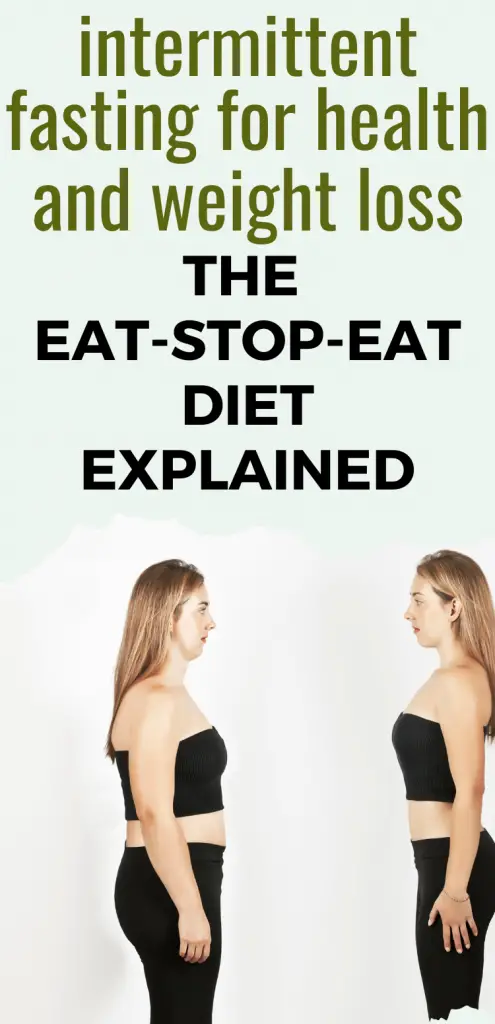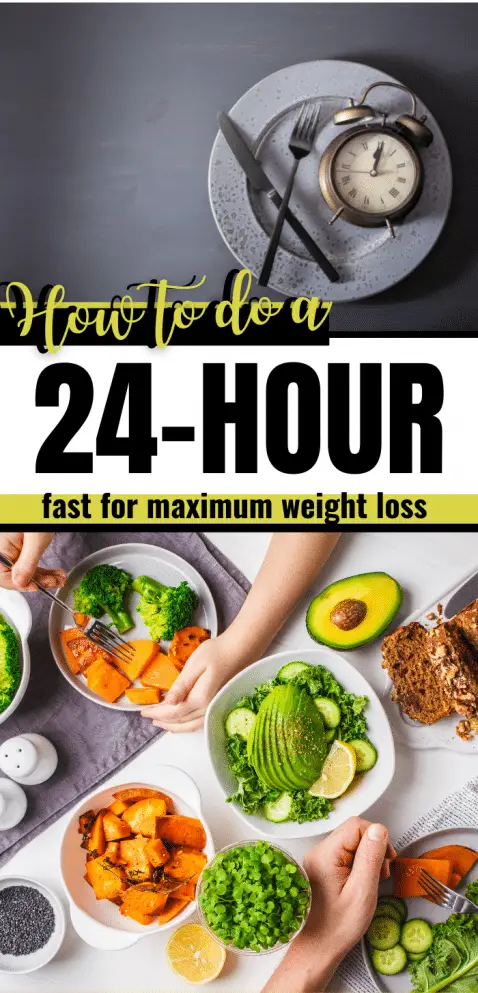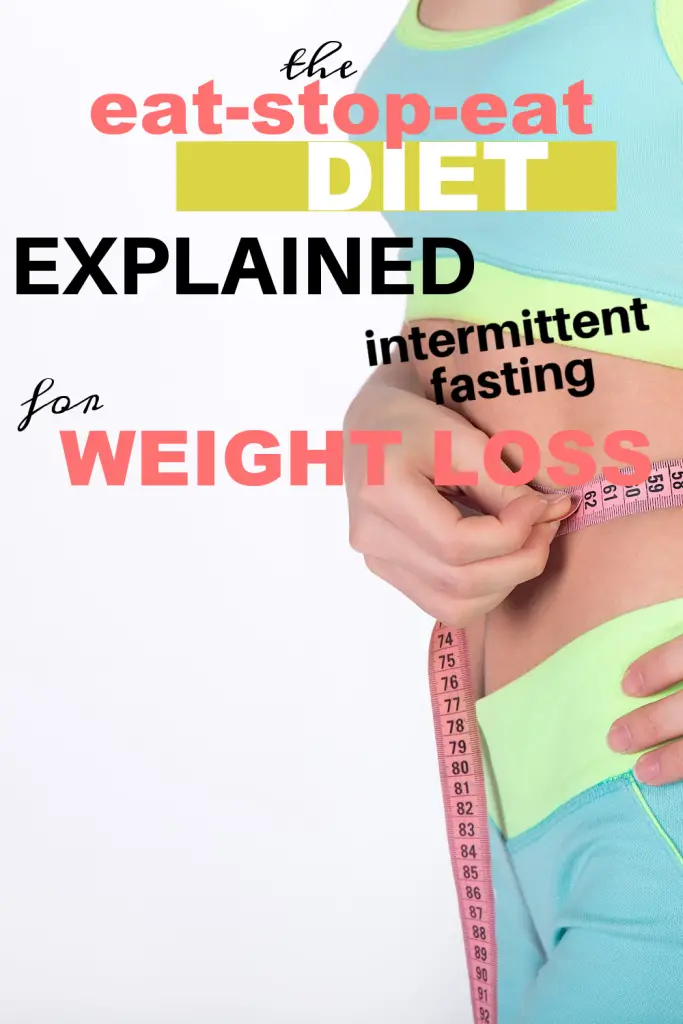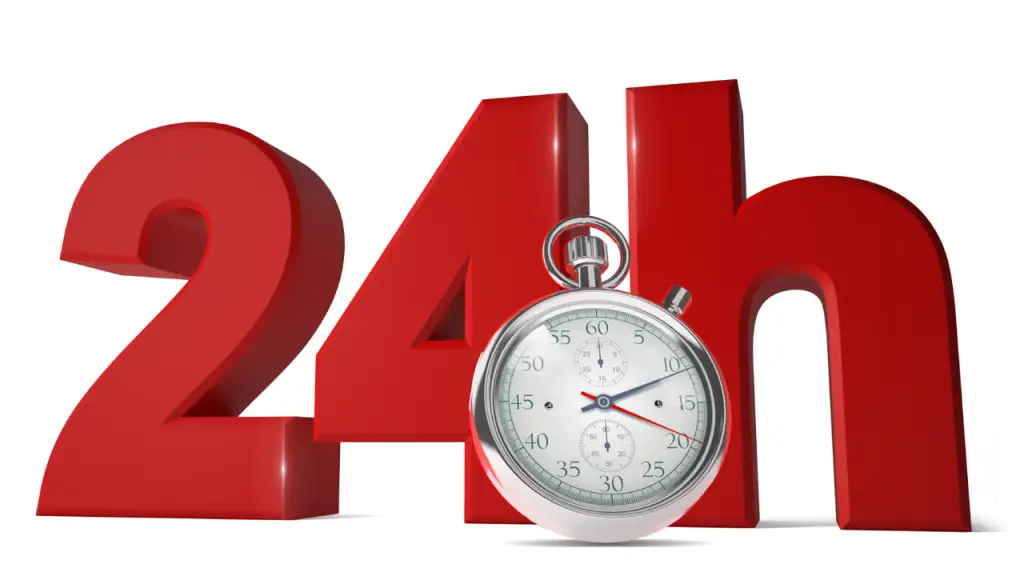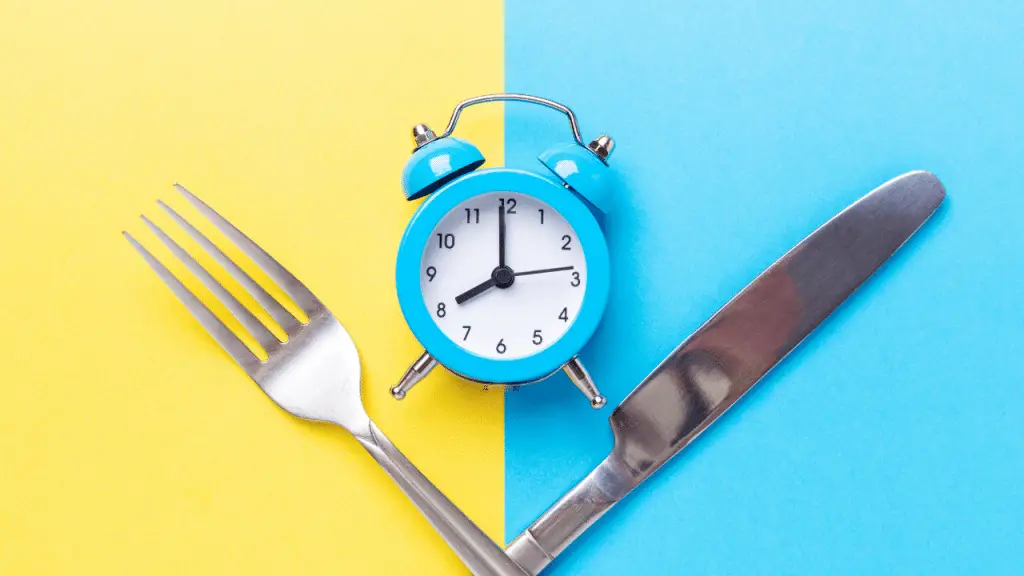The eat-stop-eat diet is a form of intermittent fasting. Another term for intermittent fasting is time-restricted eating. In this post, I will explain everything you need to know about the eat-stop-eat diet and how you can implement it for maximum results.
What Is Time-Restricted Eating?
Time-restricted eating limits how many meals you get or the period you allow yourself to eat. You are compressing your eating window, usually for 8 to 12 hours.
How to Practice the Eat-Stop-Eat Diet
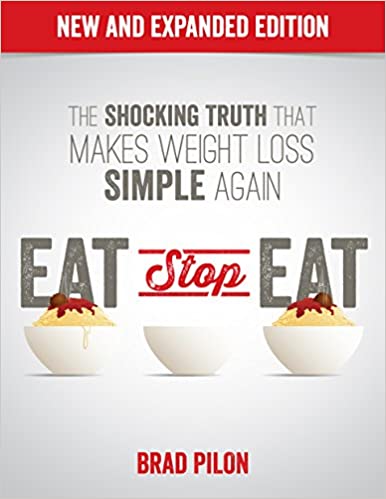
However, many time-restricted eating (or intermittent fasting) methods involve longer fasting windows or different constraints regarding food intake. For example, the eat-stop-eat diet is characterized by two 24-hour fasting windows each week.
Brad Pilon pioneered the concept in this 2007 book called Eat Stop Eat: Intermittent Fasting for Health and Weight Loss.
Again, it’s simple: pick two days a week and don’t eat during these two full 24-hour periods. For example, you might fast from 9 am on Tuesday to 9 am on Wednesday.
According to Mr. Pilon, the Eat Stop Eat diet is not a weight-loss fad. It is a lifestyle change that will improve your health long term.
If you are curious about the benefits of fasting and how long you need to fast to reap these benefits, read my How Long You Should Fast for Maximum Benefits.

What Am I Allowed to Consume During My 24-Hour Fasts?
If you try the Eat-Stop-Eat diet, you may wonder what beverages you can have during your fasting window. You can have water, herbal teas, black tea, and black coffee. Moreover, you can put apple cider vinegar or lemon in your water if you want to try that. I do the Warrior Diet and have coconut milk in my coffee during my fasting window. I have confirmed that it doesn’t affect my glucose level with a tester. The benefits of fasting come from the fact that your glucose level doesn’t change, and your body doesn’t need to produce insulin.
In a fasted state, your insulin goes down, and your cells release their stored glucose for energy. When not enough glucose is left to provide for your body’s energy needs, your body starts using fat cells to produce ketones. This state of fat burning is called “ketosis.” Many people find that ketosis helps them feel less hungry, more focused, and more energetic.
The main takeaway is this: when you decide what to consume during your fast, it’s important to ensure that whatever you drink doesn’t impact your blood glucose level.

What is the Best Way to Fast for Weight Loss
Even though intermittent fasting has many benefits like improved blood sugar level, lower inflammation, lower cholesterol, and improved brain function, many people who practice it mostly want to lose weight. For this reason, I want to spend some time looking at the best way to fast for weight loss.
Fasting for Women
Women often find it more difficult to lose weight than men. There are many reasons for this:
- Women tend to crave food during the week leading up to their period. These cravings may be due to increased progesterone levels, which leads to increased appetite.
- Women are more sensitive to the hunger hormone ghrelin. The two most well-studied hunger hormones are leptin and ghrelin. To simplify, leptin makes you feel full, and ghrelin makes you want to eat. Ghrelin may also be linked with reproductive functions in women. Women tend to have significantly more ghrelin than men.
- Men usually have a greater muscle mass, and muscles burn fat.
- Men tend to have a faster metabolism, usually between 3 and 10 percent higher than women.
- The smell and taste of food affect women differently. A 2009 study published in the PNSA showed that the taste and smell of food caused more activity in regions of the brain that lead to eating.
We suspect that the necessity for women to preserve fertility is to blame for all this. You are in good company if you are a woman and struggle with food cravings. Know that intermittent fasting will help reset your hormones and calm your cravings by improving your blood sugar levels. Not only that, but intermittent fasting can help decrease ghrelin. To learn more about how fasting affects women, read my post How Intermittent Fasting Affects Women’s Hormones.

Intermittent Fasting for Weight Loss
Intermittent fasting helps you lose weight for two main reasons:
- Most people who practice intermittent fasting will notice a decreased appetite and consume fewer calories.
- Intermittent fasting may boost your metabolism.
Let’s look at the most common intermittent fasting methods and how they help with weight loss.

5:2 Fasting
The 5:2 fasting method is one of my favorites. I love how you do it only twice a week, so you don’t have to worry about your eating window the rest of the time. Moreover, it can work well for women since you are phasing your fasting. Women benefit from alternating fasting and feasting days.
For more info about the 5:2 fasting method and meal plans and recipes, read The 5:2 Intermittent Fasting Diet for Women.
16:8 Diet
The 16:8 diet, also known as the Leangains method, is probably the most popular intermittent fasting method. It means fasting for 16 hours and eating all your calories during an 8-hour window.
The cycle can be repeated every day or every second day, in which case you are practicing the crescendo fasting method.
Many people who implement the 16:8 diet eat from 12 pm to 8 pm, but it’s up to you to choose the timeframe that works for your lifestyle.
The Warrior Diet
The Warrior Diet is even stricter, with an eating window of 4 hours. I am using the Warrior diet right now to lose weight. The 16:8 diet wasn’t enough for me, but the Warrior Diet has enabled me to lose between 1 and 2 lbs a week. To learn more about how I implement the Warrior Diet, read Why You Should Consider the Warrior Diet for Weight Loss.
Alternate Day Fasting
Alternate-day fasting is a 36-hour fast every second day. The way it works is this: You eat until, say, 8 pm one day. You fast overnight, the following day, and the next night, which should add up to 36 hours. Then, you normally eat the next day and repeat as desired.
Read my post Alternate-Day Fasting for Weight Loss: Is It Safe for Women? for more information.
If you are wondering about the best way to fast for weight loss, you need to realize that this is not a black-and-white question. Your answer will change over time and be very individual from one person to the next. It will help if you keep experimenting until you get the desired results. Furthermore, keep in mind that intermittent fasting is a lifestyle. Don’t expect to keep the weight off if you go back to eating three meals and three snacks a day!
Want to use intermittent fasting to conquer your food cravings and biohack weight loss? Check out my Weight Loss Transformation Program. It is a multimedia program designed to walk you through the process of using intermittent fasting to reach your health and weight loss goals.
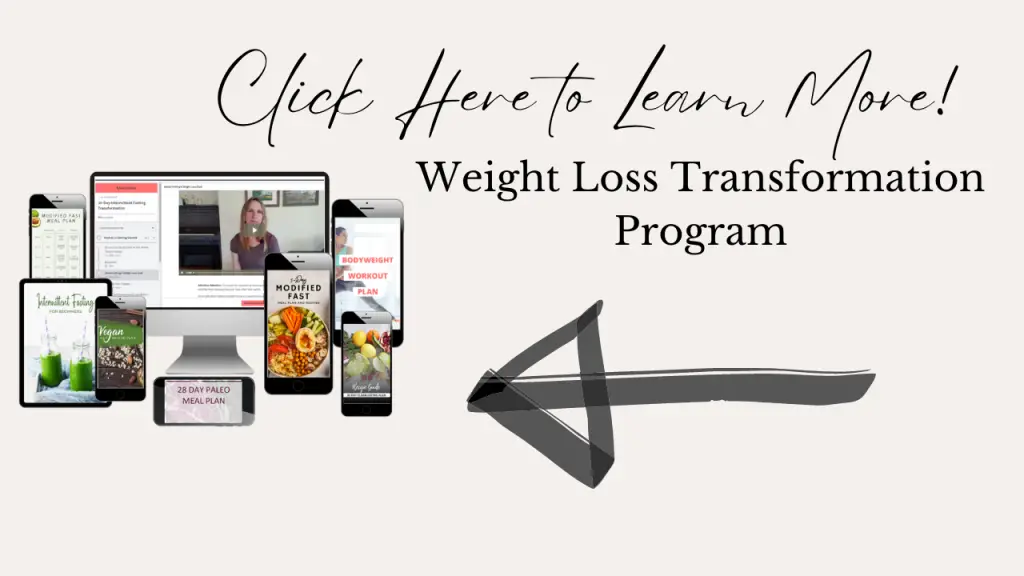
Eat-Stop-Eat Vs. OMAD
People often wonder how the OMAD (One Meal a Day) Method compares to other intermittent fasting methods. One Meal a Day is the equivalent of doing a 23:1 fasting window. It would be best if you ate all your calories within an hour.
OMAD can be a useful way to get over a weight loss plateau. It naturally reduces calorie intake and helps improve metabolic health.
Concerns About OMAD
If you choose to practice the OMAD method, you need to take a few precautions:
- Don’t practice it if you have a history of eating disorders.
- Make sure you are getting enough calories and nutrients. It’s easy to become chronically depleted on one meal a day. Particularly for women, I would advise you not to sustain the OMAD method on a long-term basis.
- Stop if you are feeling unwell, extremely fatigued, dizzy, nauseated.

Concerns about the Eat Stop Eat Method
The eat-stop-eat can also be effective for weight loss because if you consume 1,500 calories daily, you will naturally start consuming 3,000 fewer calories each week. One pound of fat loss requires a deficit of 3,500 calories, which means you would lose about 3 pounds a month. However, some people will find it extremely difficult to go 24 hours without food. Similarly to the OMAD method, they might experience dizziness, fatigue, and irritability.
In the end, if you are trying to pick between Eat Stop Eat and OMAD, think about which method you can sustain the best without feeling completely miserable. Give it a try and see what happens. Do both and see which one you make feel better.
Eat-Stop-Eat Diet Plan Video
In Summary
The main benefit of the Eat-Stop-Eat diet is that it naturally creates a calorie deficit without requiring constant deprivation. Having the ability to eat normally, without counting calories, most days can be a huge boost for your mood. Moreover, fasting 24 hours twice a week will give you many health and longevity benefits linked with autophagy.
The Eat-Stop-Eat Diet may be particularly effective for women as it is not an intermittent fasting method that must be practiced daily. Remember that you will probably not be practicing whatever method you choose forever. You will go back and forth between different methods as needed. That’s what it’s all about, listening to your body and experimenting.
